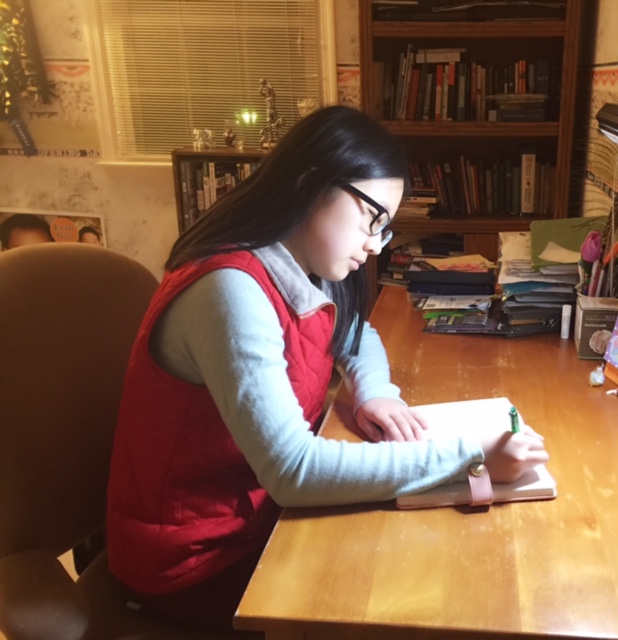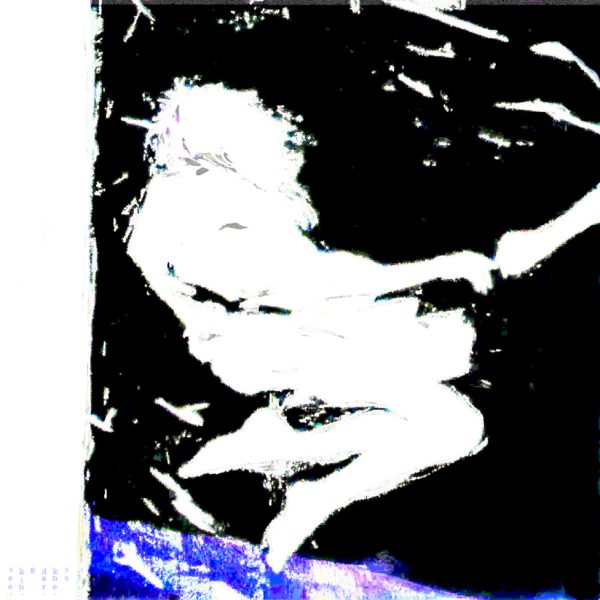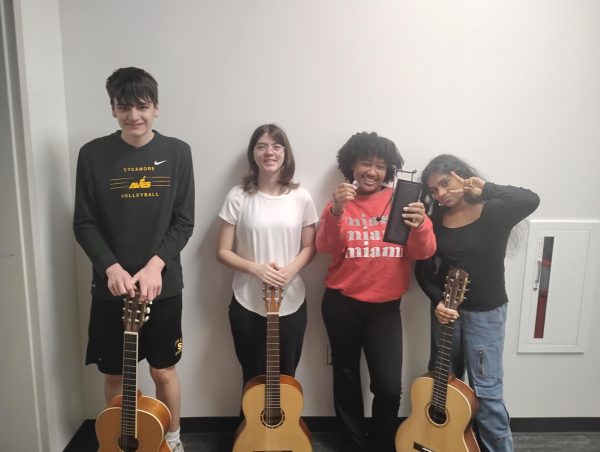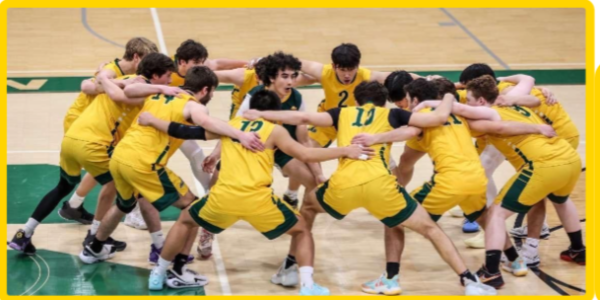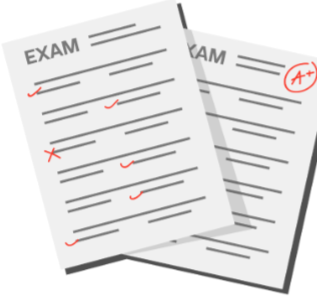Q&A: Bao writes her way to recognition
FOCUS. Senior Jenna Bao recalls first entering her work into contests and magazines her sophomore year. “I definitely plan to keep writing and submitting my work for as long as I can. I might even get a minor in creative writing in college,” Bao said. Bao, junior Nehalem Chudnoff, and freshman Rishi Verma were a few of the more than 330,000 entries submitted to the contest this year. Photo courtesy of Jenna Bao.
The Scholastic Art & Writing Awards are a perfect chance for students to test their creative abilities among a sea of talented applicants. Since 1923, the Scholastic Art & Writing Awards has offered students all over the country-and the world-an outlet to share their unique works.
The competition is open to students in grades 7-12. Entries are first evaluated on a regional level. The top five to seven percent of entrants receive a Gold Key while the top seven to ten percent receive Silver Keys, and the top 10-15 percent receive Honorable Mentions.
The Gold Key recipients from around the world are then evaluated at a national level.
Many of SHS’ own entered the competition and received several esteemed awards. Junior Nehalem Chudnoff received an Honorable Mention and freshman Rishi Verma received a Silver Key, both for poetry.
Senior Jenna Bao received two Gold Keys and one Silver Key in the short story, writing portfolio, and poetry categories, respectively.
Portfolios can be submitted by seniors only and feature eight total pieces of any type.
Bao was also recently selected as a finalist in creative writing in the local Overture Awards.
Why did you choose to submit the pieces you did?
I submitted five short stories since that is really the bulk of my writing. I included two poems since sometimes I have ideas or sentiments that are best expressed in that medium, but I am relatively new to seriously exploring the form. I had one journalistic piece since you really cannot sum up my “body of work” without including journalism. Finally, I had one piece of “humor,” which was a satire piece I had published in McSweeney’s earlier this year.
The theme of the whole portfolio was “The Distance Between,” as in between people, places in one’s life, expectation and reality, etc.
How was the process of writing and submitting your pieces?
I am honestly so glad I worked on it in my [Creative Writing class] as my independent study, because it took so long. Most of the pieces I had obviously written already, but just editing eight pieces–or close to 20,000 words–was a beast.
How would you compare writing journalistically versus creatively?
Well I obviously love both, and they do lend to one another. It is all storytelling, ultimately. I have practically always done creative writing, which inspired me to start journalism in the first place. As for their roles in my life, creative writing is more of an outlet for me to process my emotions/life/conflicts, whereas journalism is more about the rest of the world.
How would you describe the overall experience?
I am super grateful to essentially the whole English department for having supported me for a very long time. Mrs. Sofia Feist, the Creative Writing teacher, especially worked with me on these pieces.
Read more about Bao’s accomplishments here.


